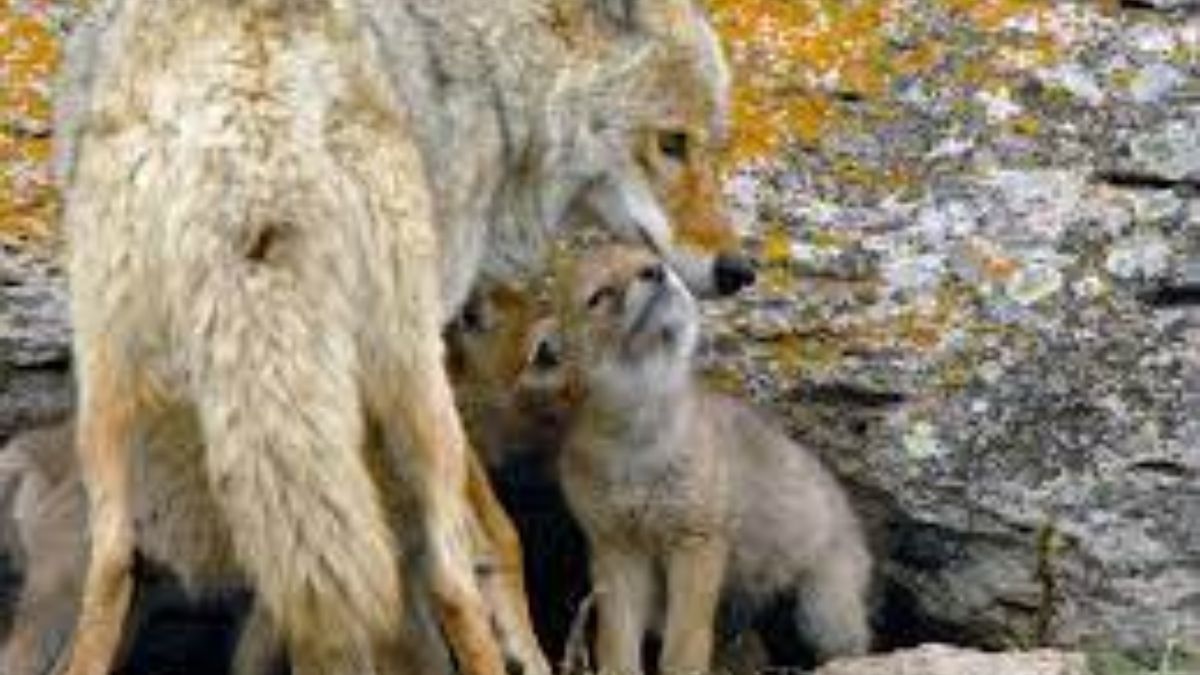Most Hoosiers live in close proximity to native coyotes, whether they pronounce it kai-oh-tee or kai-ote.
Coyotes in Indiana have a fascinating history of range expansion. Originally found on the prairie lands of Indiana, their population grew as a result of the absence of wolves, which were killed off by European colonizers in the early 1900s. Additionally, the conversion of their natural prairie habitats into farmland provided them with new territories to explore and conquer.
Coyotes are known for their opportunistic nature and will consume anything that provides nutritional value. Although they primarily feed on small mammals such as rabbits and squirrels, issues arise when they prey on the beloved cats and small dogs of Hoosiers.
Social media has become a platform for various groups to share and inform users about recent sightings in neighborhoods, allowing everyone to ensure the safety of their pets and livestock.
The Indiana Department of Natural Resources offers suggestions to help Hoosiers coexist with coyotes and prevent negative interactions.
How to keep your pets safe
-
- Feed pets indoors when possible; pick up leftovers if feeding outdoors; and store pet and livestock feed where it’s inaccessible to wildlife.
- Always keep pets leashed and, if kept outside, provide secure nighttime housing for them. Any outdoor pet or poultry runs should have a top to make them more secure and the fencing should be buried in the ground to prevent digging under the fence.
- Keep cats indoors.
- Keep an eye on dogs when outdoors.
- The only pets that should be left unattended are those kept in a kennel with a covered top.
Tips for living near coyotes
-
- Eliminate water bowls and other artificial water sources (if possible).
- Position bird feeders in a location that is less likely to attract small animals or bring the feeders in at night (to keep coyotes from feeding on the bird food or the other animals). Take down bird feeders if issues are occurring.
- Do not discard edible garbage where coyotes can get to it.
- Secure garbage containers.
- Trim and clean shrubbery near ground level to reduce hiding cover for coyotes or their prey.
- If you start seeing coyotes around your home, discourage them by shouting, making loud noises, shaking a container of coins, using an air horn or whistle, spraying them with a hose, or throwing rocks or tennis balls but never corner a coyote – always give the coyote a free escape route.
- If you want to get more modern, try ultrasonic dog repellents or pocket-sized air horns.
- To keep out all but the most determined coyotes, install a 6–7-foot fence, buried about a foot deep.
- Pick up all fruit that has fallen from trees.
- Keep compost secure.
- Make sure trash cans are tightly lidded and secure.
- Never leave loose trash outside.
- Do not store pet food outside or leave it out overnight.
- Do not provide food and water for other wildlife, including birds. Rodents, which are a coyote’s natural prey, are attracted to birdseed. Coyotes will also eat birdseed, fruit and compost.



